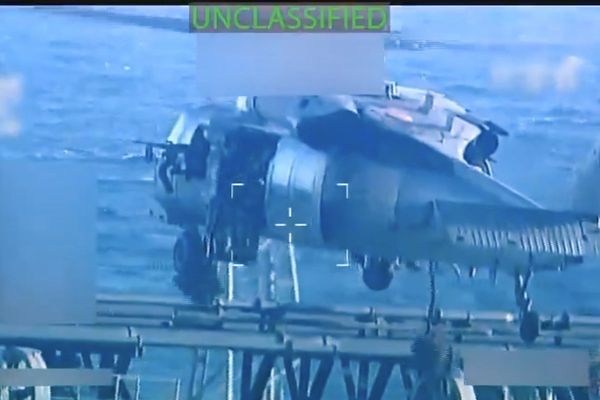- An undersea submersible discovered crabs, worms, and fish thriving on World War II explosives in the Baltic Sea, a location previously considered toxic to marine life.
- Scientists found a greater abundance of marine creatures, including anemones and starfish, living directly on the warheads, such as V-1 flying bomb pieces, than on the surrounding seabed in the Bay of Lübeck, Germany.
- This finding surprised researchers, who had anticipated significantly lower numbers of animals in the former weapons dump.
- The marine life may be attracted to the hard surfaces provided by the munitions, which are scarce in the Baltic Sea, and the chemical contamination could create a somewhat protective, isolated environment.
- The study highlights nature's remarkable ability to adapt and flourish in human-altered environments, with future research planned to assess contamination absorption and reproductive capabilities.
IN FULL
Scientists shocked as marine life found living on WWII explosives







